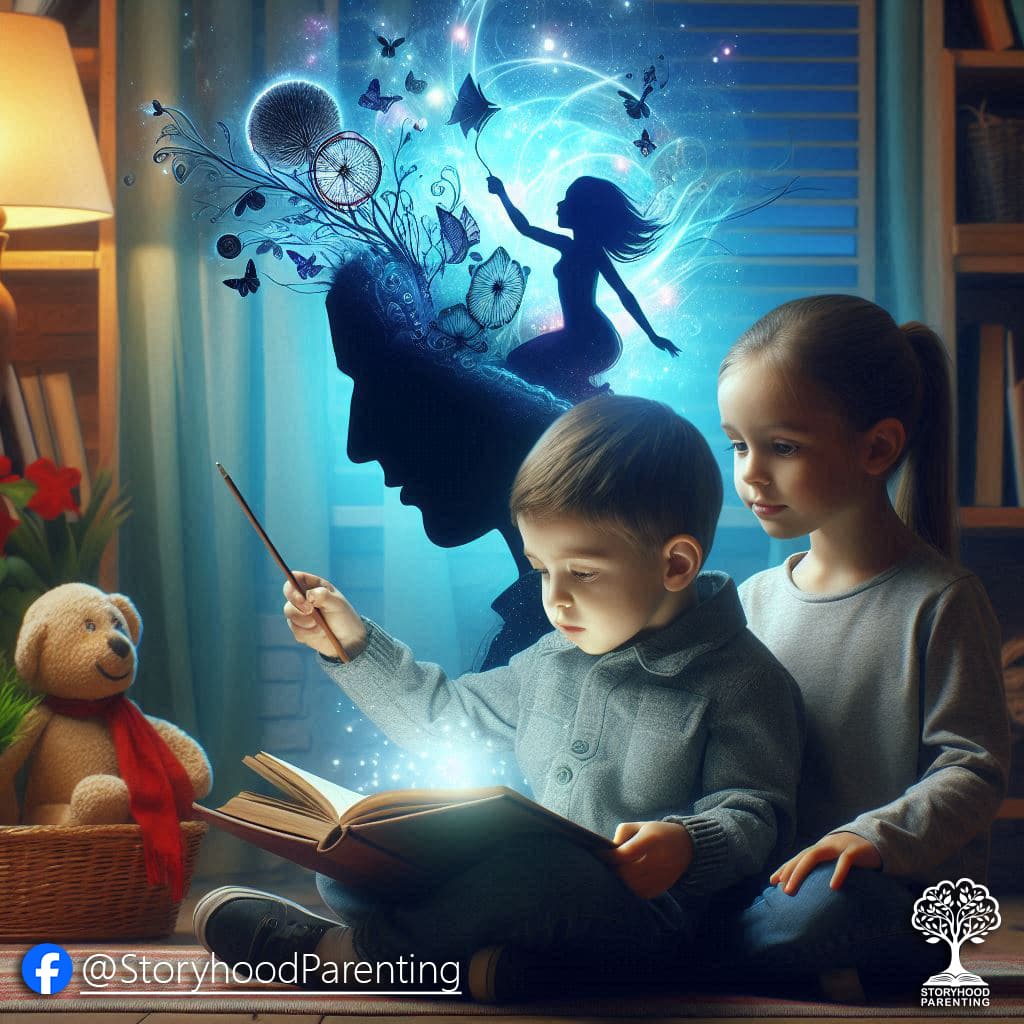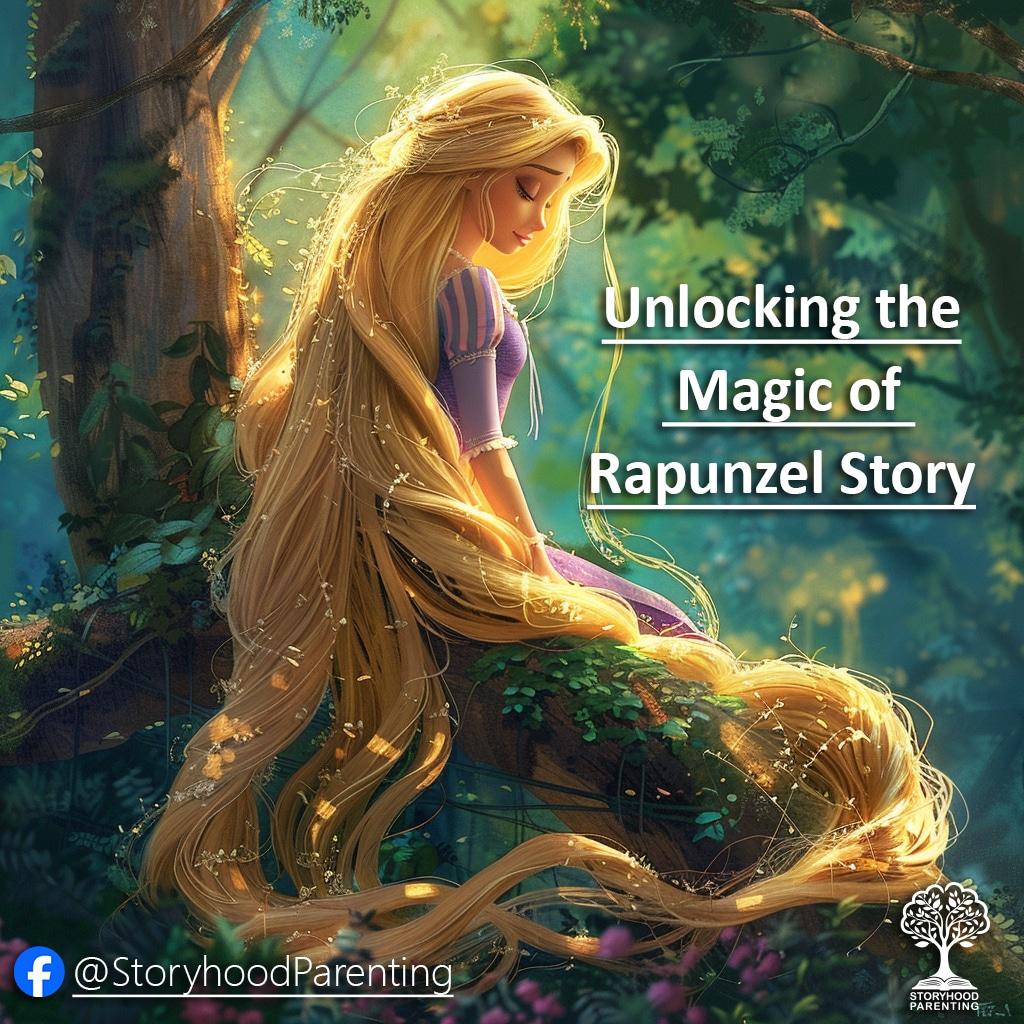Child Psychology Insights: Unlocking the Magic of Rapunzel Story
The Enchanting Tale of Rapunzel
Fairytales have a timeless allure, captivating generations with their archetypal characters and universal themes. Among these, the story of Rapunzel stands out—a tale of longing, captivity, and love. But beneath its surface lies a psychological depth that echoes our inner struggles.
In “The Uses of Enchantment,” Bruno Bettelheim explores how fairytales serve as mirrors for our psyche. Rapunzel, too, reflects profound truths. Let’s delve into its layers:
The Tale of Rapunzel: A Psychological Journey
1. The Devouring and Nurturing Mothers
The story of Rapunzel revolves around two contrasting maternal figures: the devouring mother and the nurturing mother. These archetypes play a significant role in shaping the narrative:
- Devouring Mother: Rapunzel’s biological mother represents femininity overwhelmed by nature itself. She becomes obsessed with the herb “rapunzel,” endangering her life and her unborn child. Her weakness symbolizes the vulnerability of femininity when overrun by primal forces.
- Nurturing Mother: The sorceress (an intellectual variant of the emotional, primeval witch) raises Rapunzel in a tower. However, this captivity signifies the sorceress’ rejection of Rapunzel’s feminine nature. The tower, a giant phallic symbol, represents the sorceress’ dominance over men and her refusal to share.
2. The Prince and the Power of Logos
The prince, an archetype of exploration and growth, hears Rapunzel’s singing. His attraction to her mirrors the power of language and music (Logos). Rapunzel’s captivity and eventual escape symbolize the struggle to integrate Logos into our lives.
3. Vengeance and Exile
When the sorceress discovers Rapunzel’s secret meetings with the prince, she banishes Rapunzel to the wilderness. This act of vengeance highlights the consequences of defying the devouring mother. Rapunzel’s exile represents her journey toward self-discovery and independence.
 Why Is Rapunzel Relevant for Children?
Why Is Rapunzel Relevant for Children?
- Identity and Independence: Children can relate to Rapunzel’s desire for freedom and independence. The story encourages them to explore their own identities and break free from constraints.
- Facing Challenges: Rapunzel’s resilience in the face of adversity teaches children that challenges can be overcome with determination and creativity.
- Friendship and Adventure: Just as Rapunzel befriends the prince, children learn the value of friendship and teamwork. The animated series “Set Sail for a Funny Tale” also emphasizes these themes.
Set Sail for a Funny Tale: A Modern Journey
Now, let’s set sail for a different adventure. In the animated series “Set Sail for a Funny Tale,” Princess Sophie and Captain Stumble embark on whimsical escapades. Their exploits align with the principles of children’s psychology, fostering creativity, courage, and teamwork.
The Magic of Friendship
Princess Sophie, like Rapunzel, defies conventions. She seeks adventure beyond her royal lineage, embodying determination and courage. Her best friend, Captain Stumble, navigates uncharted waters, facing challenges with humor and resilience. Together, they exemplify the power of friendship.
Encountering Strange Lands
As Sophie and her crew explore mythical islands, they encounter unexpected events. Just as Rapunzel’s tower held secrets, each island reveals lessons—teaching children resilience, kindness, and problem-solving.





